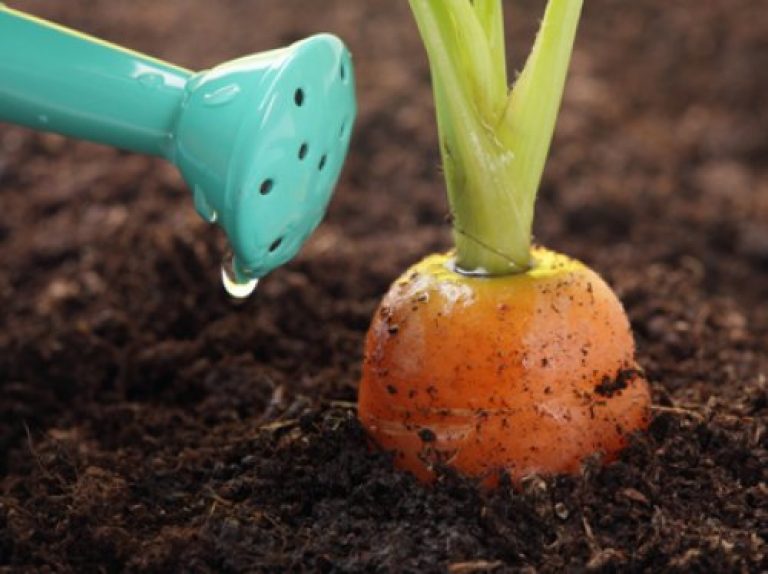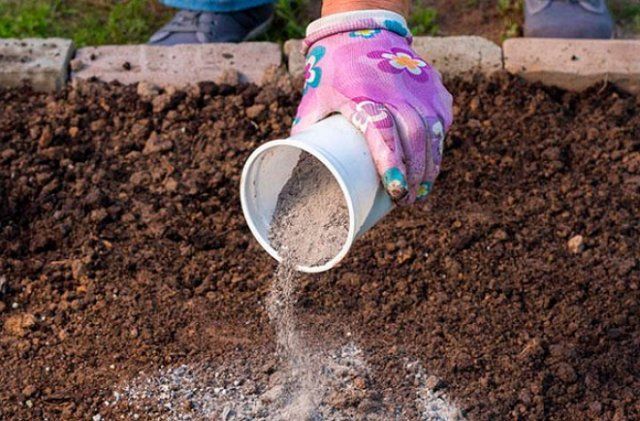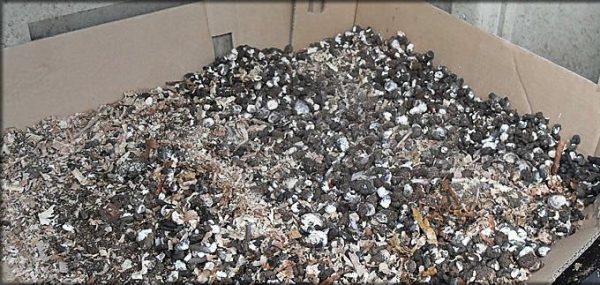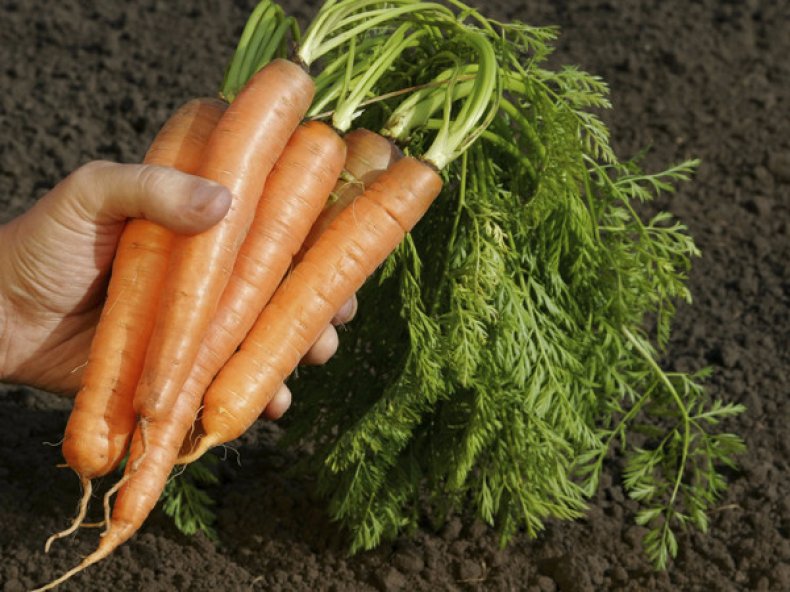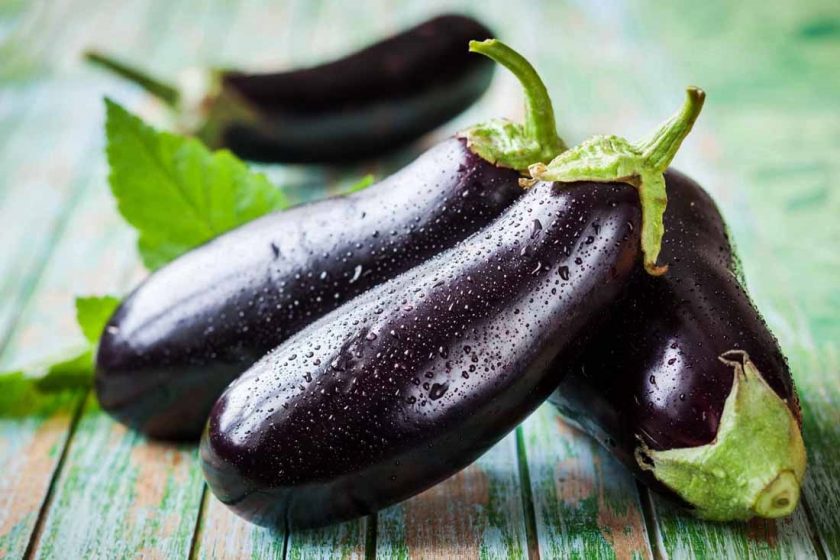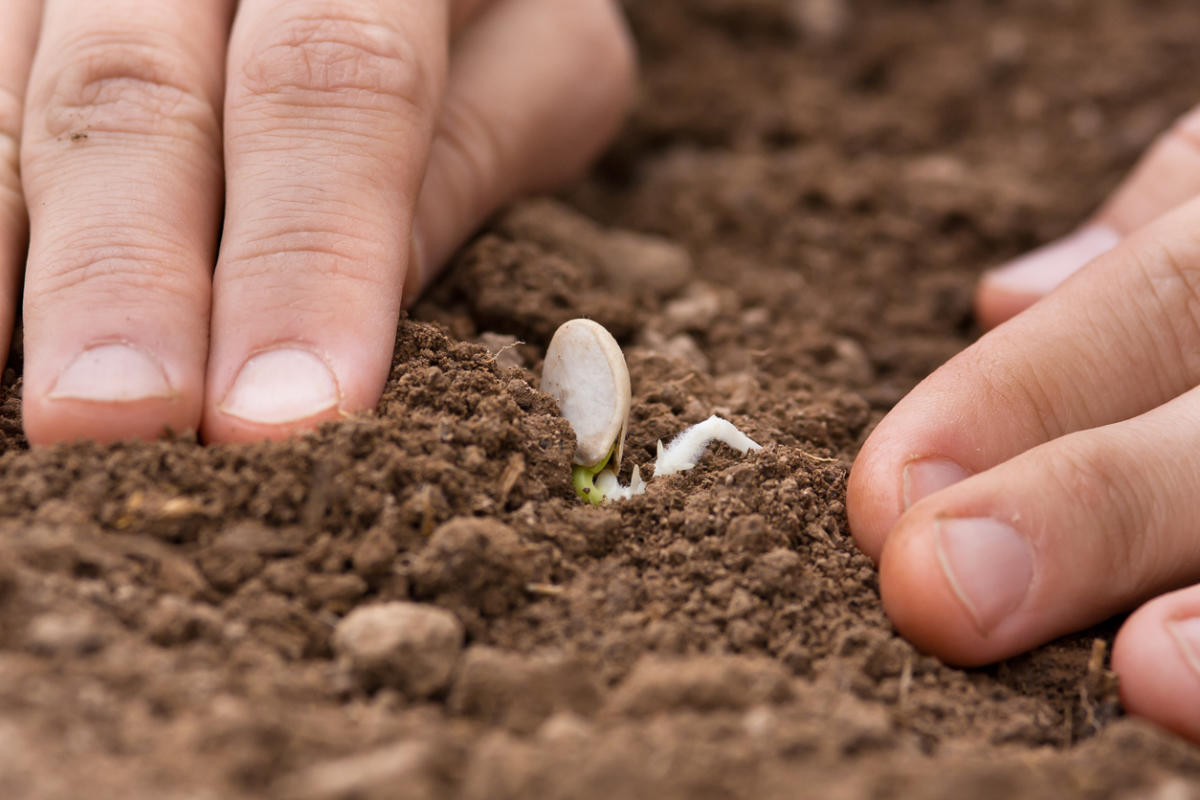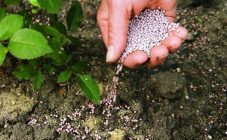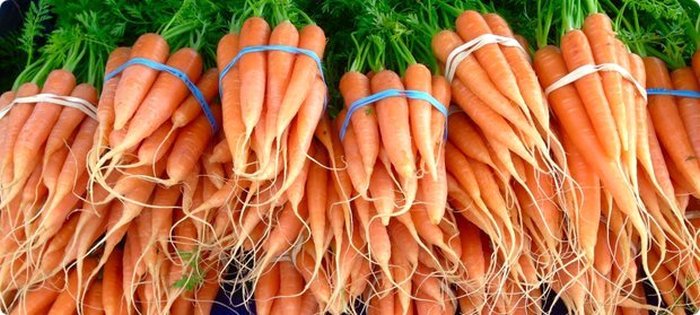Content:
Carrots are a fairly popular garden crop, the cultivation of which in the open field is the favorite pastime of most gardeners and gardeners. At the same time, there is a widespread misconception that this unassuming crop can grow and bring a good harvest on almost any type of garden soil.
Why do you need fertilizers
In reality, a completely different picture is observed. If you take and sow this culture in areas that are not fertilized with nutrient mixtures, then the roots are small and most often ugly. That is why the systemic feeding of carrots, carried out during the entire period of growth, allows you to get a good collection of root crops without much hassle.
Its nutritional and taste qualities largely depend on the type of fertilizers applied to the soil, as well as on the presence of trace elements in it and a sufficient amount of moisture. In order to obtain the desired flavoring effect, fertilizing should be applied at least 2-3 times throughout the season.
Carrots are very sensitive to an excess of fertilizers, and their excess disrupts its normal development. At the same time, the appearance of the root crop is noticeably deteriorating, and part of the taste is also lost. In addition, gardeners who have "overdone" the fertilizing will not be able to store carrots for a long time and run the risk of partially losing the already harvested rich harvest.
Fertilizers
In order to find out how to fertilize carrots planted in open ground, you should carefully study the types of fertilizers that are used for these purposes in the spring-summer season and the autumn following them.
Any vegetable crop for which the most suitable planting site is an ordinary garden bed lacks a variety of nutrients during the growing season. If fertilizers for carrots are not applied in time, then the yield of the crop falls noticeably, and instead of large and juicy fruits, stumps no thicker than a little finger grow.
There are several known ways to feed carrots during their growth (after planting has already ended), which contribute to the full development of this root crop. Their main differences are in the types and types of fertilizers applied.
It is customary to use the following nutrients as such feeding:
- Mineral supplements;
- Organic and complex fertilizers;
- The so-called "folk" remedies.
Let's consider each of these items in more detail.
Mineral
The composition of fertilizers, familiar to many under the name "mineral", is represented by such well-known elements of the periodic table as manganese, boron and barium. Carrots need these minerals immediately after the first sprout has appeared, that is, at the earliest stage of root crop development.
The lack of these elements in the soil is determined by the characteristic white (or red) spots appearing on top of the leaves, as well as by the almost black core of the fruit. The correct approach to fertilizing with boron is to apply it to the soil around mid-summer. Timely use of this microelement ensures the normalization of the following processes:
- Pollination and fertilization of culture;
- Recovery of protein and carbohydrate metabolism;
- Improving the taste of the root crop with a simultaneous increase in the sugar content in it.
In addition, boric feeding must be applied in cases where apical necrosis of carrot leaves is found, accompanied by yellowing of the veins. Boric acid contained in it contributes to the full development of the plant.
The introduction of minerals is carried out according to the rates presented below:
- In order to fertilize the soil with lime (dolomite flour containing manganese), it should be applied at the rate of 0.4 kg per unit of fertilized area;
- Boric solution is used in amounts of 2-3 liters of the mixture, poured onto a meter-long bed;
- Solutions of pure manganese and barium are prepared in proportions of one teaspoon dissolved in 10 liters of pure water;
- To prepare saline solutions, take one tablespoon of table salt, and then dissolve in a 10-liter container with water.
Solutions prepared in accordance with these recipes should be added to loamy soils a little less often than to sandy soil. According to their location, carrot beds are also divided into those that are fertilized more often (located near the wall or fence) and somewhat less often. The latter usually break in the shade of large trees.
Before any feeding of plants of this class, the earth is pre-moistened with well-settled water. Note also that fertilizer should be applied in small portions, placed individually under each root. To maintain good growth, the soil throughout the entire plot is lime, as a rule, no more than once every 2-4 years.
Organic and complex fertilizers
Commercial organic biostimulants widely used as a feed for carrots include the following commercially available drugs:
- "Fitosporin-M" and the like;
- Trichodermin;
- "Glyocladin".
This list should be supplemented by such well-known organic additives that stimulate the growth of carrots, such as Gamair and Uniflor-Bud and others.
Ready-to-use complex fertilizers (a mixture of ash, yeast and nettle humus), as a rule, go on sale in the form of liquid fractions or instant granules and are distinguished by their simplicity of use.
Other advantages of this type of organic matter include the fact that in terms of their diversity and composition, they are often superior to hand-made "folk" mixtures.
Folk fertilizers (top five)
The whole secret of the so-called "folk" remedies is the use of private waste (manure, ash and mullein, as well as compost and various herbal decoctions).
Let's consider each popular way of fertilizing carrots in more detail (we will bring them to the top five best). At the same time, we will try to figure out those techniques that will make it possible to bring them into the ground in the best way, as well as what effect can be expected from this.
Wood ash
Young shoots of carrots, as well as onions or beets planted next to it, will develop well if the fertilizer is dry ash or an infusion of it. When using them, a certain application rate must be observed, namely:
- In June, it is recommended to fertilize the soil with a dry composition, carefully scattering it along the beds, at the rate of no more than a glass per square meter;
- In another variant of mixing ash and carrots, its infusion is prepared (100 grams per ten-liter bucket of water), which is then poured onto the plants directly under their root.
By its chemical composition, ash is an excellent supplier of magnesium, sodium, as well as potassium and other trace elements, without which it is impossible to increase greenery.
Bird droppings
When investigating the problem of what fertilizers are applied under the carrots in the spring, the option of using bird (chicken) droppings should be considered. To prepare it, you need to do the following operations:
- Take droppings and put one share of it in ten parts of well-settled melt water;
- After its complete dissolution with the prepared mixture, gently water the carrot aisles.
Chicken manure contains a large amount of potassium, zinc, and nitrogen, which are necessary for the full development of plants.
Nettle infusion
Any vegetable crop cannot but "love" feeding with nettle-based infusion, prepared in this order:
- First you need to fill 2/3 of a ten-liter container with finely chopped nettle;
- After that, a glass of ash is poured into it, and then all this is poured with clean water, tightly closed and placed in heat;
- During sedimentation, the contents of the container are periodically stirred until signs of fermentation appear (bubbles, foam and not very pleasant smell);
- After the composition is ready, it is taken in a volume of 100 ml, and then diluted in a bucket (10 liters), after which each sowing hole with carrot seed is poured with it.
Nettle provides carrots with the following trace elements: iron, potassium, magnesium, etc.
Fresh yeast
Fresh yeast is an excellent solution to the question of how to feed carrots in the summer-autumn season, using only folk methods. To prepare the composition, you need to stir a pound of yeast in 2.5 liters of water and add half a glass of ash there, which will protect the composition from washing out potassium from it.
After that, the mixture is diluted with water in a ratio of 1:10, and then it can be fed to the root system. Yeast formulations for fertilizing the roots provide them with sufficient phosphorus and nitrogen.
Complex fertilizers
In cases with poor soil, it is better to put a set of several nutrients in it, prepared as follows:
- First, a ten-liter bucket is filled with 2/3 of carefully chopped nettles with weeds, and then all this is filled with water also 2/3 of the volume;
- After that, the resulting mass is mixed with wood ash (2 glasses) and a branded pack of yeast;
- Store the container for two days in a sunny place, stirring occasionally.
After the allotted time, one glass of fertilizer is poured with ten liters of water, and then introduced into the root system.
How to feed carrots when shoots appear
When investigating the question of what fertilizer is used for carrots when planting and immediately after the emergence of seedlings, it should be noted that in this case it is best to refuse mineral fertilizers. For carrots, which have just been planted, organic fertilizers are more suitable, which include well-known folk remedies (manure, bird droppings, ash, etc.).
When choosing organic matter, many gardeners often disagree in their preferences. Some of them choose industrial fertilizers, while others plan to apply natural products to the soil that they consider safer and more useful.
Substances related to folk remedies (yeast, in particular) are easily absorbed by any plants and save not only the soil, but also earthworms, which contribute to its better loosening.
During the period when the planting of carrots is organized, this circumstance is of decisive importance. Let's consider how the feeding of carrots in the open field is organized immediately before the start of its growth (vegetation).
After the eruption of the first shoots, it is advisable to add an iodine solution prepared from 20 drops of iodine dissolved in 10 liters of pure spring water to the soil. The resulting composition is poured into the aisles in small doses, which will accelerate the growth of carrots and at the same time improve the taste of its fruits.
Overripe manure (one part of it) is diluted in 10 parts of rainwater, after which the resulting mixture is poured in small portions also into the aisles. This fertilizer contains a number of valuable substances, including such an element as necessary for the formation of bushy greenery, such as nitrogen.
When there is a choice between the two options, the usually "home-grown" organic fertilizers outweigh. However, when considering the whole variety of these nutrients, it is necessary to take into account the specifics of their use, often interpreted as a disadvantage.
In the final part of the review, we note that the problem areas of these fertilizers also include:
- Complexity of preparation (obtaining in limited dosages);
- The need for accurate calculation of the doses themselves;
- Potential storage problems.
All of these disadvantages are free from the proprietary additives produced by the industry. That is why many gardeners prefer to do with ready-to-use commercial products that provide easier plant care.
